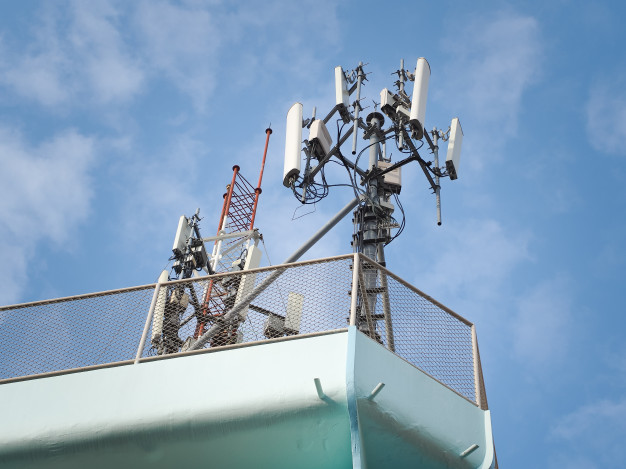The Food and Drug Administration (FDA) formally issued an advisory on Sept. 3 assuring the public that a thorough evaluation is done to determine the safety of cell site antenna prior to its installation.
FDA, quoting the International Commission on Non-Ionizing Radiation Protection (ICNIRP), said antennas installed in cell sites emit radiofrequency radiation (RFR).
However, the FDA, citing ICNIRP, stated that adverse health effect arising from exposure to RFR is only possible at high powered/intensity exposures exceeding limits and safe distances in front of the antennas that are normally inaccessible to the public.
The FDA added these values are calculated through the issuance of Certificate of Safety Evaluation (CSE) prior to installation of cell site antennas.
In addition, the FDA said that it is unlikely that a person could be exposed to RFR levels greater than the limits specified by the Department of Health (DOH) Administrative Order. 175 s. 2004 or the Radiation Protection Standards for Radiofrequency Radiation in the Frequency Range 3 kHz to 300 GHz.
The World Health Organization (WHO), according to FDA, also maintained that there are no adverse effects from typical exposure to RFR produced by cell sites.
In July 23 this year, various government agencies issued Joint Memorandum Circular No. 1 s. 2020 or the Streamlined Guidelines for the Issuance of Permits, Licenses, and Certificates for the Construction of Shared Passive Telecommunications Tower Infrastructure (PTTI) which aims to streamline requirements and reduce procedural delays in securing the necessary permits, licenses, clearances, certificates, and other requirements in the construction of common towers from over 200 days to a target period of 16 days.
The JMC was signed 23 concerned agencies including the Department of Information and Communications Technology (DICT), Anti-Red Tape Authority (ARTA), Department of the Interior and Local Government (DILG), Department of Public Works and Highways (DPWH), Department of Human Settlements and Urban Development (DHSUD), Department of Transportation (DOTr), Civil Aviation Authority of the Philippines (CAAP), Department of Health (DOH), and the FDA.
“We’d also want the public to understand that, while we are expediting the roll-out of ICT infrastructures, the government does not neglect the safety of the public — there are safeguards in place to ensure the safety of such infrastructures,” said DICT secretary Gregorio B. Honasan II.
“Rest assured that the DICT will continue to coordinate with relevant government agencies and private entities to fast-track the deployment of ICT infrastructures in our country to provide better Internet connectivity to the people amid the new normal,” Honasan added
In addition to a more holistic government approach in accelerating ICT infrastructure, the recent Bayanihan to Heal as One Act provides that only the Supreme Court may issue a temporary restraining order, preliminary injunction or preliminary mandatory injunction against the construction of telecommunications infrastructure, including cell sites and cell towers.




